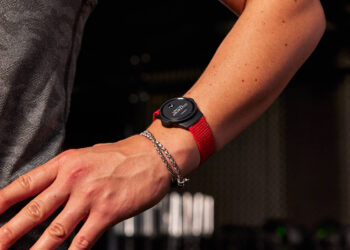Symmetry Central has unique, patented exercise machines that address different parts of the muscular-skeletal framework. The Sky PressCycle exercise machines are premised on the Moschel Method®, a scientifically sound and professionally endorsed principle of muscle rebalancing, recovery and strengthening based on Tetrahedron Biomechanics.
Sky PressCycle gives true core muscle stabilization. Stabilization happens when a user disengages and activates muscles simultaneously by using each machine. Symmetry Central recognizes these principles and treatments and understands that exercise machines must be designed to rebalance and strengthen muscles from a Tetrahedron Biomechanic approach. As a result, Symmetry Central’s exercise machines provide rebalancing and rehabilitation to injured muscles while strengthening them simultaneously. This design leads exercisers to a more balanced, healthy existence.
SKY PRESSCYCLE
Sky PressCycle is designed to target the middle of the Pectorals Major muscle, when used with shoulder width grip by symmetrically rotating the user’s legs through a peddle mechanism that causes the body to alternate evenly, instead of focusing on its natural bias towards one side over the other side of the body, while the user performs vertical weight lifts. This rebalancing causes an even strengthening of the Pectorals Major muscle.
Tetrahedron Biomechanics
Parts of the body are conceptualized as an interconnected series of three-dimensional pyramids (called tetrahedrons). When any of these tetrahedrons act — or are acted upon— the shapes above and below it are affected. This leads to exercise machines developed by Symmetry Central, that enables exerciser to build significantly more strength and have an exceptional improvement in muscular balance.
There are two subsets to the Tetrahedron biomechanics: i) the X-Model; and, ii) the V- Model. The X-Model may be conceptualized by interposing an ‘X’ crossing the body between the shoulders and hips, with the space in between as two tetrahedrons. Similarly, the V-Model is a 3-dimensional tetrahedron between the head and the neck. Specifically, it goes from the first thoracic vertebrae to the occipital ridge and then to the mental protuberance (i.e., the chin). The thoracic-to-occipital region is affected by head, shoulder and neck movements. As with the X-Model, an injury on one point of this 3-dimensional tetrahedron will affect other points by compensation and adaptation.
For more information email info@symmetrycentral.com or call 212-255-7430.










